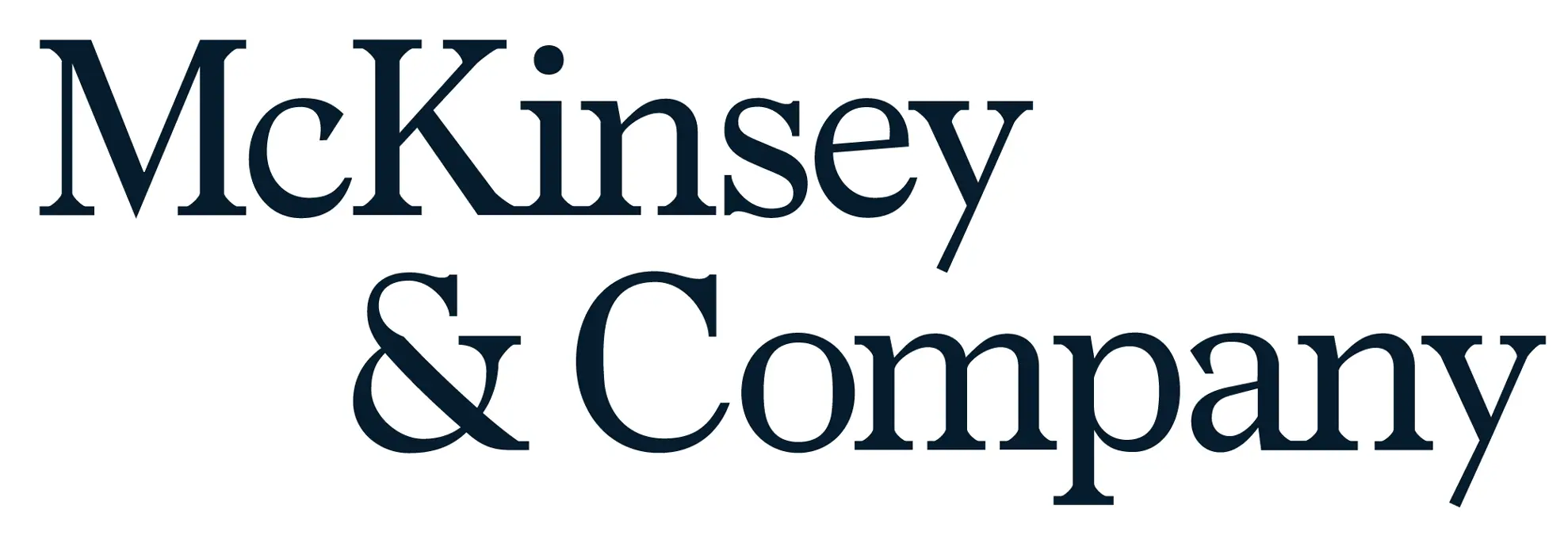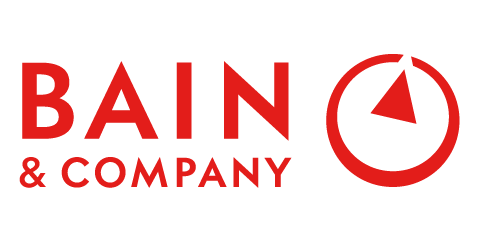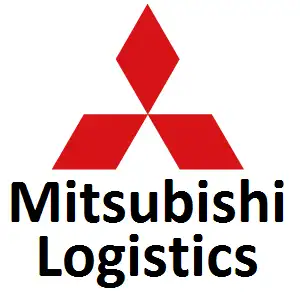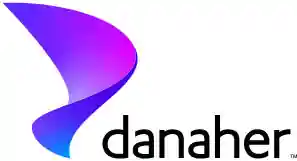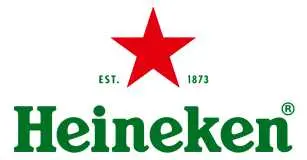
Agriculture Drone Market Demand, Growth, Scope, Trends, Opportunities and Future Outlook 2033
Agriculture Drone Market Size- By Product, By Technology, By Type, By Components, By Battery Life, By Mode of Operation, By Application - Regional Outlook, Competitive Strategies and Segment Forecast to 2033
| Published: Dec-2022 | Report ID: IACT2219 | Pages: 1 - 247 | Formats*: |
| Category : Information & Communications Technology | |||
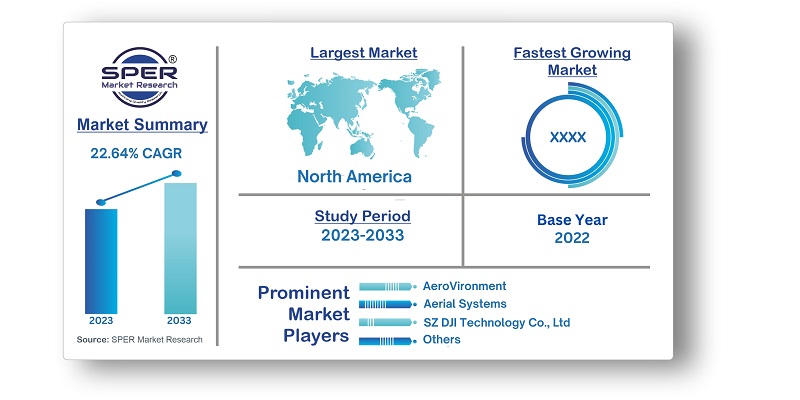
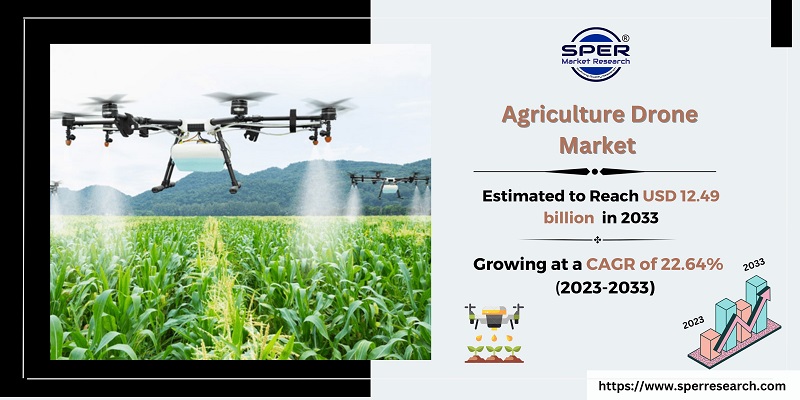
| Report Metric | Details |
| Market size available for years | 2019-2033 |
| Base year considered | 2022 |
| Forecast period | 2023-2033 |
| Segments covered | By Product, By Technology, By Type, By Components, By Battery Life, By Mode of Operation, By Application |
| Regions covered | Asia-Pacific, Europe, Middle East and Africa, North America, Latin America |
| Companies Covered | AeroVironment, Inc, AgEagle Aerial Systems, Inc, Agribotix LLC, DroneDeploy, 3D Robotics Inc., Eagle UAV Services LLC, Honeycomb Corporation, Parrot SA, PrecisionHawk Inc., SZ DJI Technology Co., Ltd, Trimble Navigation, Ursula Agriculture, Others |
- Agricultural Associations and Industry Groups
- Agricultural Equipment Manufacturers
- Agricultural Service Providers
- Farmers and Agricultural Professionals
- Government Agencies and Regulatory Bodies
- Investors and Venture Capital Firms
- Research and Academic Institutions
- Global Agriculture Drone Market Value Share and Forecast, By Product, 2023-2033
- Hardware
- Software
- Global Agriculture Drone Market Value Share and Forecast, By Technology, 2023-2033
- Drone Analytics
- GNSS
- Obstacle Detection and Collision Avoidance Technology
- Global Agriculture Drone Market Value Share and Forecast, By Type, 2023-2033
- Fixed Wing Drones
- Multi-Rotor Drones
- Hybrid Drones
- Global Agriculture Drone Market Value Share and Forecast, By Components, 2023-2033
- Batteries
- Camera System
- Fixed Controllers
- Global Positioning System
- Propulsion Systems
- Asia-Pacific
- Europe
- Middle East & Africa
- North America
- Latin America
- Global Agriculture Drone Market Size (FY’2023-FY’2033)
- Overview of Global Agriculture Drone Market
- Segmentation of Global Agriculture Drone Market By Product (Hardware, Software)
- Segmentation of Global Agriculture Drone Market By Technology (Drone Analytics, GNSS, Obstacle Detection and Collision Avoidance Technology, Others)
- Segmentation of Global Agriculture Drone Market By Type (Fixed Wing Drones, Multi-Rotor Drones, Hybrid Drones)
- Segmentation of Global Agriculture Drone Market By Components (Batteries, Camera System, Fixed Controllers, Global Positioning System, Propulsion Systems)
- Segmentation of Global Agriculture Drone Market By Battery Life (<30 minutes, 30-60 minutes, 60-100 minutes, >100 minutes)
- Segmentation of Global Agriculture Drone Market By Mode of Operation (Fully-Autonomous, Remotely Operated, Semi-Autonomous)
- Segmentation of Global Agriculture Drone Market By Application (Aerial Planting, Agriculture Photography, Crop Monitoring, Filed Mapping, Health Assessment, Irrigation, Precision Agriculture, Scouting, Soil and Filed Analysis, Spraying, Others)
- Statistical Snap of Global Agriculture Drone Market
- Growth Analysis of Global Agriculture Drone Market
- Problems and Challenges in Global Agriculture Drone Market
- Competitive Landscape in the Global Agriculture Drone Market
- Impact of COVID-19 and Demonetization on Global Agriculture Drone Market
- Details on Recent Investment in Global Agriculture Drone Market
- Competitive Analysis of Global Agriculture Drone Market
- Key Players in the Global Agriculture Drone Market
- SWOT Analysis of Global Agriculture Drone Market
- Global Agriculture Drone Market Future Outlook and Projections (FY’2023-FY’2033)
- Recommendations from Analyst
1.1. Scope of the report1.2. Market segment analysis
2.1. Research data source2.1.1. Secondary Data2.1.2. Primary Data2.1.3. SPER’s internal database2.1.4. Premium insight from KOL’s2.2. Market size estimation2.2.1. Top-down and Bottom-up approach2.3. Data triangulation
4.1. Driver, Restraint, Opportunity and Challenges analysis4.1.1. Drivers4.1.2. Restraints4.1.3. Opportunities4.1.4. Challenges4.2. COVID-19 Impacts of the Global Agriculture Drone Market
5.1. SWOT Analysis5.1.1. Strengths5.1.2. Weaknesses5.1.3. Opportunities5.1.4. Threats5.2. PESTEL Analysis5.2.1. Political Landscape5.2.2. Economic Landscape5.2.3. Social Landscape5.2.4. Technological Landscape5.2.5. Environmental Landscape5.2.6. Legal Landscape5.3. PORTER’s Five Forces5.3.1. Bargaining power of suppliers5.3.2. Bargaining power of buyers5.3.3. Threat of Substitute5.3.4. Threat of new entrant5.3.5. Competitive rivalry5.4. Heat Map Analysis
6.1. Global Agriculture Drone Market Manufacturing Base Distribution, Sales Area, Product Type6.2. Mergers & Acquisitions, Partnerships, Product Launch, and Collaboration in Global Agriculture Drone Market
7.1. Global Agriculture Drone Market Value Share and Forecast, By Product, 2023-20337.2. Hardware7.3. Software
8.1. Global Agriculture Drone Market Value Share and Forecast, By Technology, 2023-20338.2. Drone Analytics8.3. GNSS8.4. Obstacle Detection and Collision Avoidance Technology8.5. Others
9.1. Global Agriculture Drone Market Value Share and Forecast, By Type, 2023-20339.2. Fixed Wing Drones9.3. Multi-Rotor Drones9.4. Hybrid Drones
10.1. Global Agriculture Drone Market Value Share and Forecast, By Components, 2023-203310.2. Batteries10.3. Camera System10.4. Fixed Controllers10.5. Global Positioning System10.6. Propulsion Systems
11.1. Global Agriculture Drone Market Value Share and Forecast, By Battery Life, 2023-203311.2. <30 minutes11.3. 30-60 minutes11.4. 60-100 minutes11.5. >100 minutes
12.1. Global Agriculture Drone Market Value Share and Forecast, By Mode of Operation, 2023-203312.2. Fully-Autonomous12.3. Remotely Operated12.4. Semi-Autonomous
13.1. Global Agriculture Drone Market Value Share and Forecast, By Application, 2023-203313.2. Aerial Planting13.3. Agriculture Photography13.4. Crop Monitoring13.5. Filed Mapping13.6. Health Assessment13.7. Irrigation13.8. Precision Agriculture13.9. Scouting13.10. Soil and Filed Analysis13.11. Spraying13.12. Others
14.1. Global Agriculture Drone Market Size and Market Share
15.1. Global Agriculture Drone Market Size and Market Share By Product (2019-2026)15.2. Global Agriculture Drone Market Size and Market Share By Product (2027-2033)
16.1. Global Agriculture Drone Market Size and Market Share By Technology (2019-2026)16.2. Global Agriculture Drone Market Size and Market Share By Technology (2027-2033)
17.1. Global Agriculture Drone Market Size and Market Share By Type (2019-2026)17.2. Global Agriculture Drone Market Size and Market Share By Type (2027-2033)
18.1. Global Agriculture Drone Market Size and Market Share By Components (2019-2026)18.2. Global Agriculture Drone Market Size and Market Share By Components (2027-2033)
19.1. Global Agriculture Drone Market Size and Market Share By Battery Life (2019-2026)19.2. Global Agriculture Drone Market Size and Market Share By Battery Life, (2027-2033)
20.1. Global Agriculture Drone Market Size and Market Share By Mode of Operation (2019-2026)20.2. Global Agriculture Drone Market Size and Market Share By Mode of Operation (2027-2033)
21.1. Global Agriculture Drone Market Size and Market Share By Application (2019-2026)21.2. Global Agriculture Drone Market Size and Market Share By Application (2027-2033)
22.1. Global Agriculture Drone Market Size and Market Share By Region (2019-2026)22.2. Global Agriculture Drone Market Size and Market Share By Region (2027-2033)22.3. Asia-Pacific22.3.1. Australia22.3.2. China22.3.3. India22.3.4. Japan22.3.5. South Korea22.3.6. Rest of Asia-Pacific22.4. Europe22.4.1. France22.4.2. Germany22.4.3. Italy22.4.4. Spain22.4.5. United Kingdom22.4.6. Rest of Europe22.5. Middle East and Africa22.5.1. Kingdom of Saudi Arabia22.5.2. United Arab Emirates22.5.3. Rest of Middle East & Africa22.6. North America22.6.1. Canada22.6.2. Mexico22.6.3. United States22.7. Latin America22.7.1. Argentina22.7.2. Brazil22.7.3. Rest of Latin America
23.1. AeroVironment, Inc23.1.1. Company details23.1.2. Financial outlook23.1.3. Product summary23.1.4. Recent developments23.2. AgEagle Aerial Systems, Inc23.2.1. Company details23.2.2. Financial outlook23.2.3. Product summary23.2.4. Recent developments23.3. Agribotix LLC23.3.1. Company details23.3.2. Financial outlook23.3.3. Product summary23.3.4. Recent developments23.4. DroneDeploy23.4.1. Company details23.4.2. Financial outlook23.4.3. Product summary23.4.4. Recent developments23.5. 3D Robotics Inc.23.5.1. Company details23.5.2. Financial outlook23.5.3. Product summary23.5.4. Recent developments23.6. Eagle UAV Services LLC23.6.1. Company details23.6.2. Financial outlook23.6.3. Product summary23.6.4. Recent developments23.7. Honeycomb Corporation23.7.1. Company details23.7.2. Financial outlook23.7.3. Product summary23.7.4. Recent developments23.8. Parrot SA23.8.1. Company details23.8.2. Financial outlook23.8.3. Product summary23.8.4. Recent developments23.9. PrecisionHawk Inc.23.9.1. Company details23.9.2. Financial outlook23.9.3. Product summary23.9.4. Recent developments23.10. SZ DJI Technology Co., Ltd23.10.1. Company details23.10.2. Financial outlook23.10.3. Product summary23.10.4. Recent developments23.11. Trimble Navigation23.11.1. Company details23.11.2. Financial outlook23.11.3. Product summary23.11.4. Recent developments23.12. Ursula Agriculture23.12.1. Company details23.12.2. Financial outlook23.12.3. Product summary23.12.4. Recent developments23.13. Others
SPER Market Research’s methodology uses great emphasis on primary research to ensure that the market intelligence insights are up to date, reliable and accurate. Primary interviews are done with players involved in each phase of a supply chain to analyze the market forecasting. The secondary research method is used to help you fully understand how the future markets and the spending patterns look likes.
The report is based on in-depth qualitative and quantitative analysis of the Product Market. The quantitative analysis involves the application of various projection and sampling techniques. The qualitative analysis involves primary interviews, surveys, and vendor briefings. The data gathered as a result of these processes are validated through experts opinion. Our research methodology entails an ideal mixture of primary and secondary initiatives.
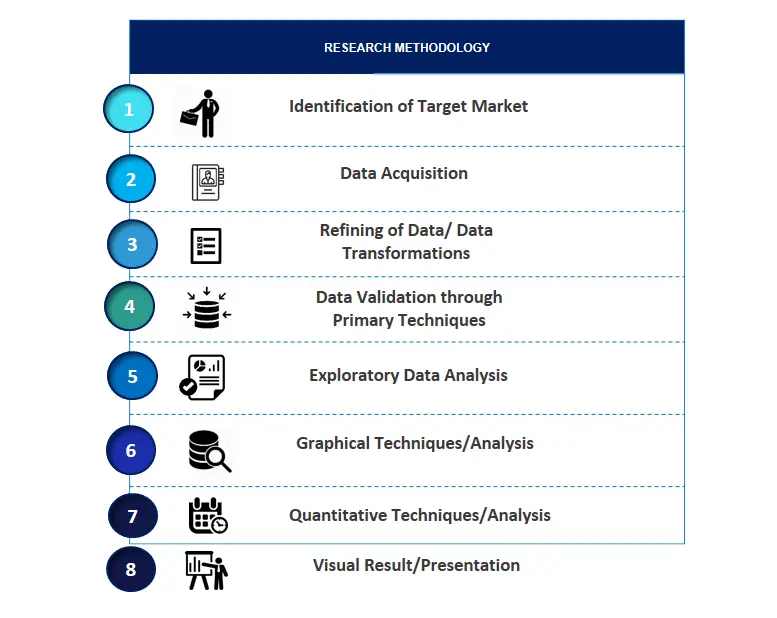
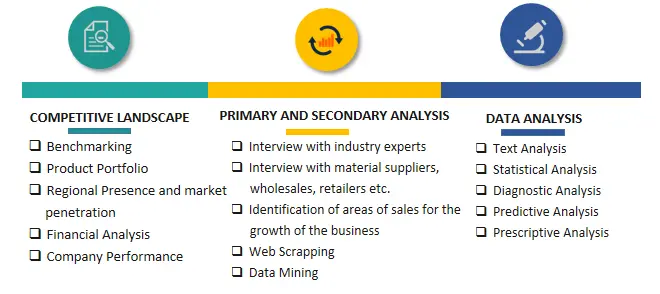

Frequently Asked Questions About This Report
PLACE AN ORDER
Year End Discount
Sample Report
Pre-Purchase Inquiry
NEED CUSTOMIZATION?
Request CustomizationCALL OR EMAIL US
100% Secure Payment

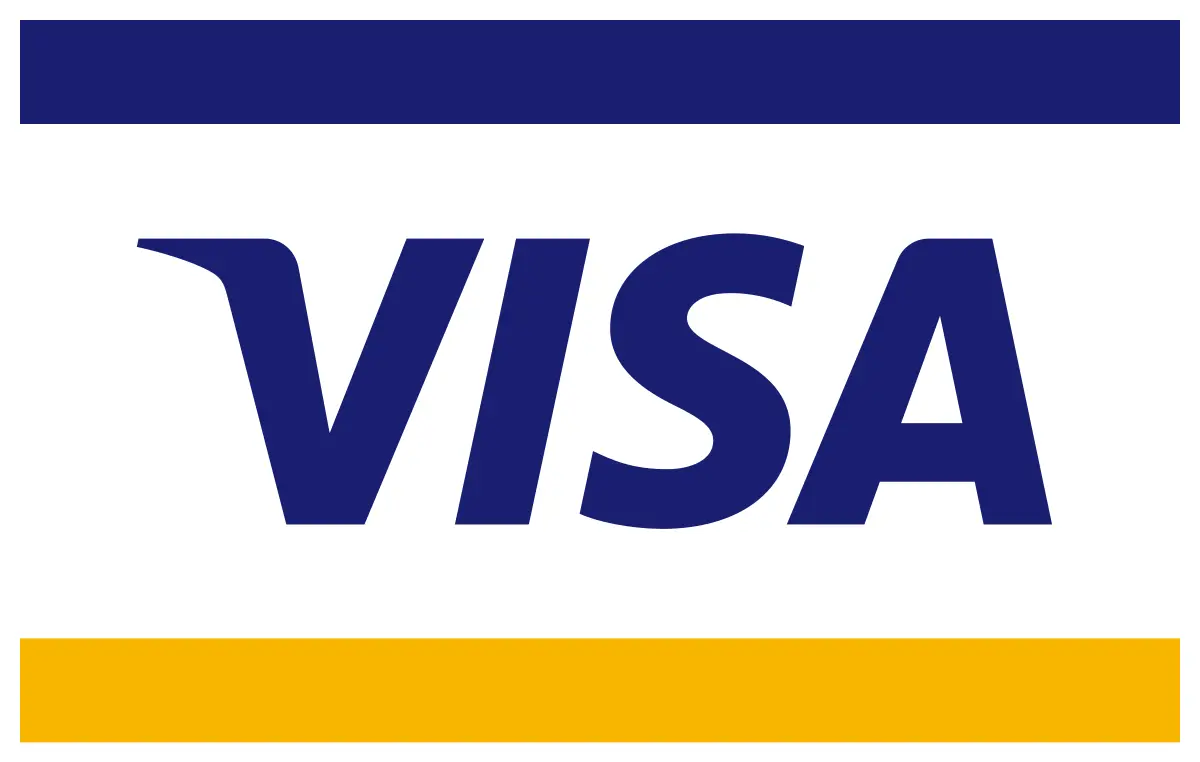




Related Reports
Our Global Clients
Our data-driven insights have influenced the strategy of 200+ reputed companies across the globe.






